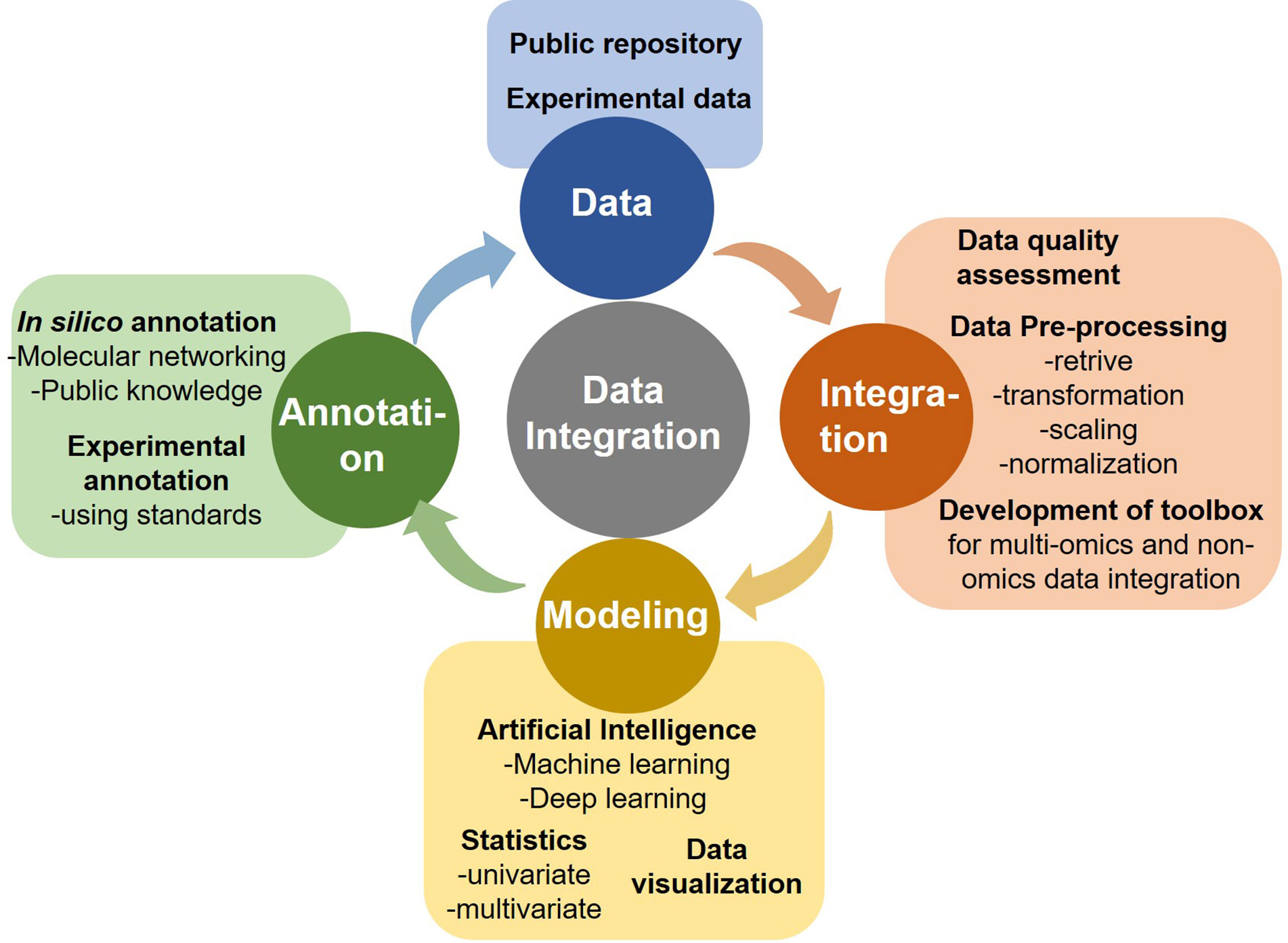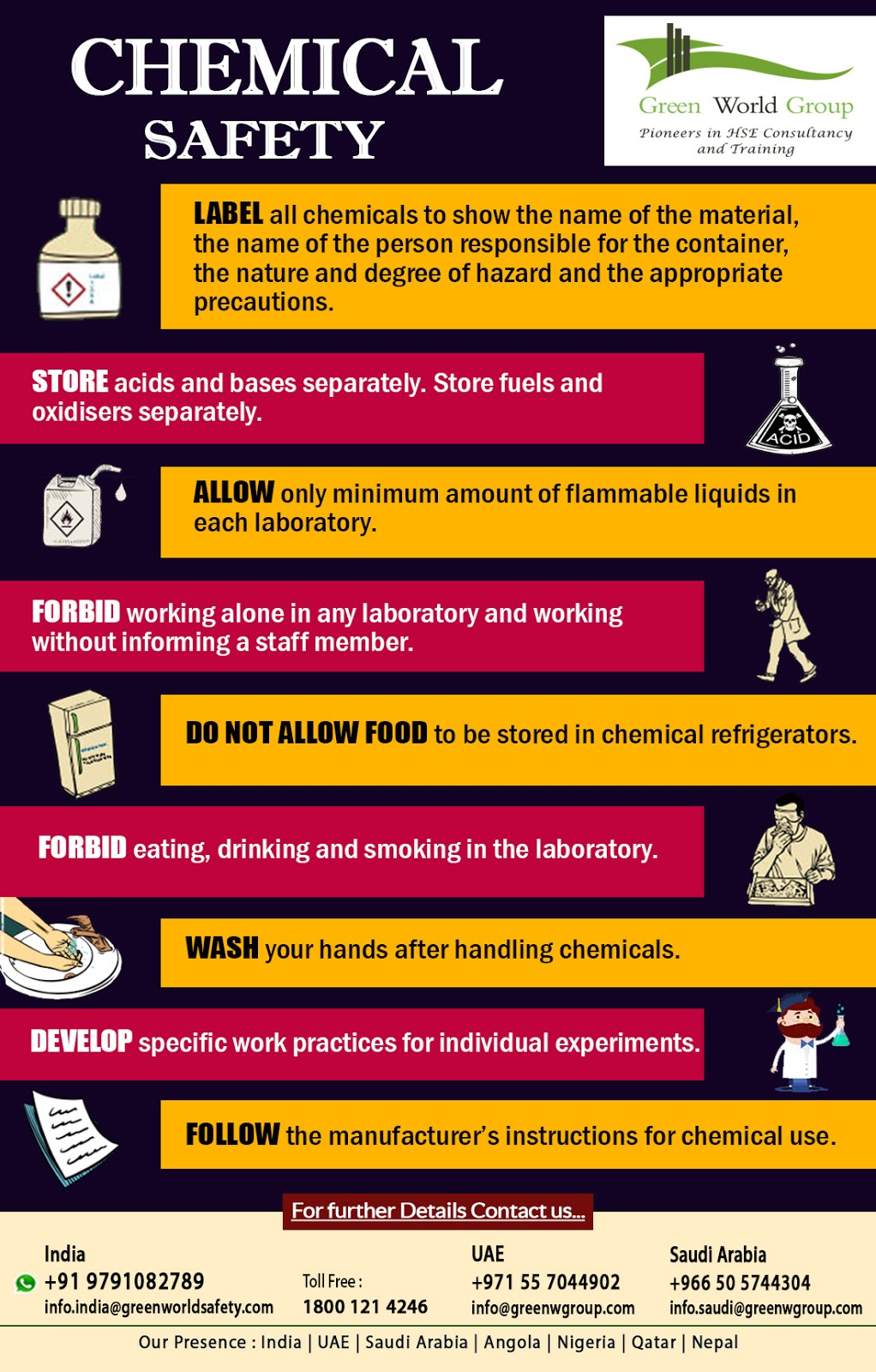AI pediatric cancer prediction represents a groundbreaking advancement in the battle against childhood cancers, particularly in the realm of pediatric gliomas. Recent studies reveal that a sophisticated AI tool can predict the risk of cancer recurrence with remarkable accuracy, surpassing traditional methods. This innovative approach leverages temporal learning to analyze multiple brain scans over time, offering renewed hope for timely interventions and enhanced brain tumor treatment strategies. The implications of employing AI in medicine extend beyond mere predictions; they promise to alleviate the challenges faced by families undergoing the stresses of frequent imaging. By refining our understanding of pediatric cancer recurrence prediction, we are paving the way for more personalized and effective care for young patients.
The field of artificial intelligence is making profound strides in the early detection and management of pediatric oncology cases. By utilizing multi-scan analysis techniques, researchers have developed methods to foresee the likelihood of cancer re-emergence in children, particularly for brain tumors such as gliomas. These innovative solutions not only improve cancer recurrence risk assessment but also enhance overall treatment protocols. As AI technologies evolve, their integration into clinical practices represents a significant leap forward in providing tailored healthcare solutions for pediatric patients. The excitement surrounding this area reflects a growing recognition of the potential for AI to revolutionize outcomes in the realm of childhood cancer.
The Power of AI in Pediatric Cancer Prediction
Artificial Intelligence (AI) has emerged as a transformative force in medicine, particularly in the realm of pediatric cancer prediction. With advancements in machine learning algorithms, AI tools are trained to analyze vast amounts of data, providing insights that far exceed traditional predictive methods. In pediatric oncology, specifically for conditions like pediatric gliomas, these AI solutions can analyze longitudinal imaging data to identify patterns and trends that may indicate the likelihood of cancer recurrence. This capability is pivotal as pediatric gliomas are typically more treatable initially, but they pose a significant risk of relapse, requiring a predictive approach that AI can enhance.
Moreover, the application of AI in pediatric cancer prediction isn’t just about enhancing accuracy; it’s about improving the overall care pathway for young patients. Families often experience significant anxiety when it comes to follow-up imaging and assessments, particularly after a surgical intervention for brain tumors. AI tools that utilize temporal learning methodologies analyze numerous MRI scans taken over time, offering nuanced predictions about relapse. This system aims to relieve some of this burden by encouraging more tailored follow-up strategies, potentially reducing the frequency of unnecessary imaging for lower-risk patients while ensuring high-risk individuals receive timely interventions.
Frequently Asked Questions
How does AI enhance pediatric cancer recurrence prediction for gliomas?
AI enhances pediatric cancer recurrence prediction for gliomas by leveraging advanced algorithms that analyze multiple brain scans over time. A recent study showed that an AI tool using temporal learning achieved an accuracy rate of 75-89% in predicting recurrence, significantly outpacing traditional methods that predicted recurrence with only 50% accuracy based on single imaging assessments.
What is temporal learning in the context of AI pediatric cancer prediction?
Temporal learning in AI pediatric cancer prediction involves training models to analyze a sequence of brain scans taken over time rather than evaluating individual scans in isolation. This innovative approach allows the AI to detect subtle changes and correlate them with cancer recurrence, providing a more accurate risk assessment for pediatric patients with gliomas.
Which imaging method is primarily used in AI tools for pediatric cancer prediction?
Magnetic resonance imaging (MRI) is the primary imaging method used in AI tools for pediatric cancer prediction. The AI model analyzed nearly 4,000 MRI scans from pediatric patients to predict the risk of cancer recurrence, showing that repeated imaging and data collection improve prediction accuracy.
What implications do AI advancements have for brain tumor treatment in children?
Advancements in AI for predicting pediatric cancer recurrence could lead to significant improvements in brain tumor treatment for children. With accurate predictions, healthcare providers can determine the optimal follow-up care, minimize unnecessary imaging stress for low-risk patients, and potentially initiate targeted therapies for those identified as high-risk.
How reliable are AI predictions for glioma recurrence in pediatric patients?
AI predictions for glioma recurrence in pediatric patients have shown to be highly reliable, with accuracy rates ranging from 75-89% using temporal learning techniques. This represents a marked improvement over traditional methods, highlighting the potential for AI to transform how recurrence is forecasted in pediatric oncology.
What roles do institutional partnerships play in AI pediatric cancer prediction research?
Institutional partnerships are crucial in AI pediatric cancer prediction research as they enable the aggregation of extensive data sets. This collaborative effort, seen in the study involving Mass General Brigham and Boston Children’s Hospital, allows for diverse and comprehensive analysis of MRI scans to improve the development and validation of AI predictive models.
What future steps are being considered for AI tools in pediatric cancer management?
Future steps for AI tools in pediatric cancer management include initiating clinical trials to validate AI-informed risk predictions in real-world settings. Researchers aim to refine AI models further and explore their applicability across various imaging sequences, ultimately improving care and tailored treatment strategies for pediatric oncology patients.
Can AI in medicine effectively change treatment protocols for pediatric gliomas?
Yes, AI in medicine has the potential to effectively change treatment protocols for pediatric gliomas by providing accurate predictions of recurrence. These insights can lead to more personalized treatment plans, varying the frequency of follow-up imaging and enabling pre-emptive intervention in high-risk patients.
| Key Points | Details |
|---|---|
| AI Pediatric Cancer Prediction | AI tool predicts relapse risk in pediatric cancer patients with higher accuracy than traditional methods. |
| Study Overview | Conducted by Mass General Brigham, Boston Children’s Hospital, and Dana-Farber/Boston Children’s Cancer and Blood Disorders Center. |
| Technique Used | Temporal learning to analyze multiple brain scans over time for better prediction of cancer recurrence. |
| Accuracy of Predictions | 75-89% accuracy for predicting recurrence a year post-treatment, significantly better than 50% using single scans. |
| Future Steps | Further validation needed; aim to initiate clinical trials for practical application of AI-informed predictions. |
Summary
AI pediatric cancer prediction is transforming how healthcare professionals anticipate the risk of cancer recurrence in children. The innovative study reveals that AI tools significantly outperform traditional methods in predicting relapse risk in pediatric glioma patients. By utilizing temporal learning to analyze multiple scans over time, researchers have developed a model that can accurately forecast recurrence, enhancing patient care and potentially changing the future of pediatric oncology.



